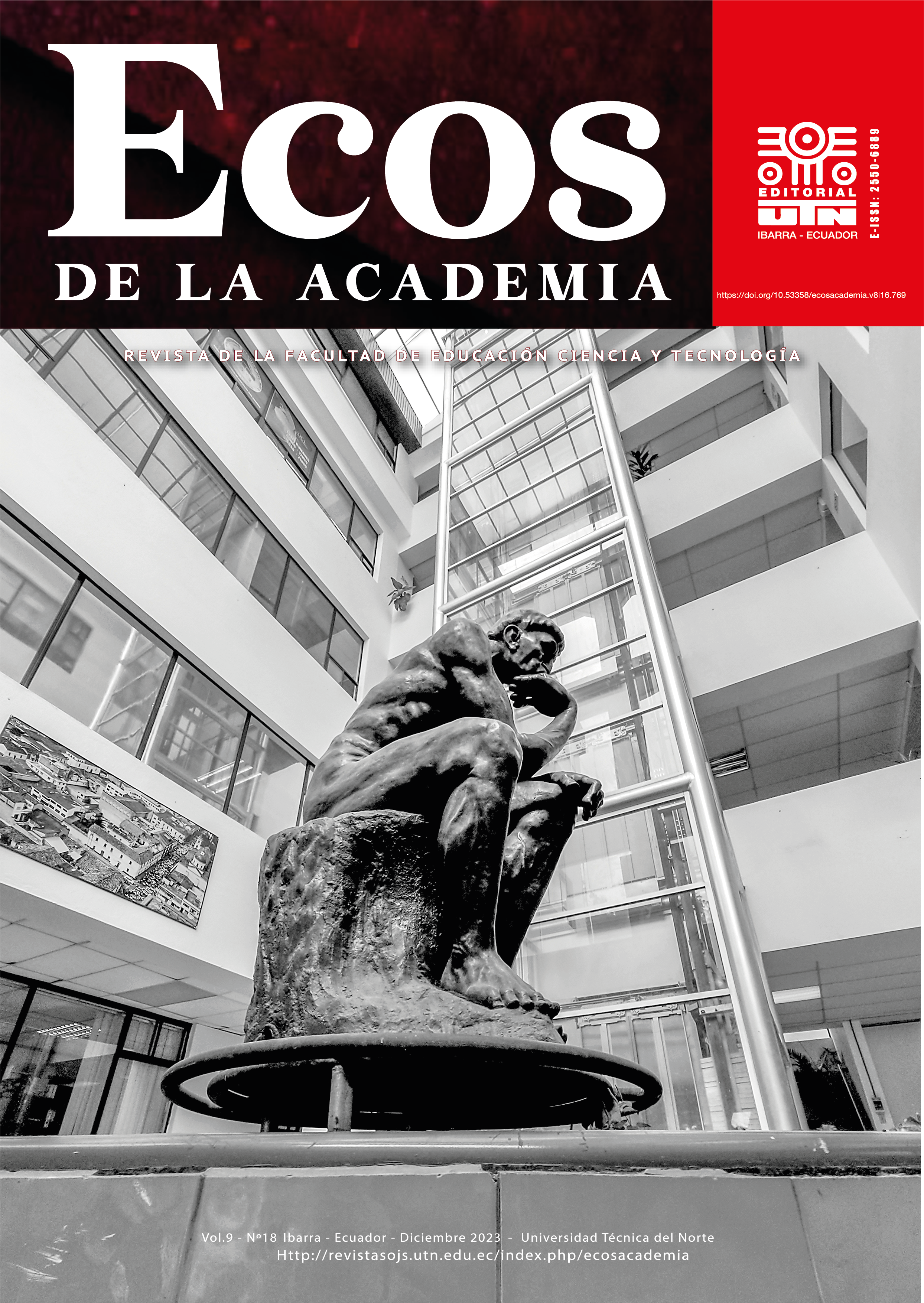Reduced participation in traditional games: a limiting factor for aerobic capacity in adolescents aged 11 to 15 years
Main Article Content
Abstract
The present research work focuses on the possibility of using traditional games as an alternative educational tool to improve aerobic capacity and prevent health problems derived from sedentary lifestyles. The objective of the present study was to evaluate the effectiveness of the incorporation of traditional games as an alternative to improve the aerobic capacity in students of the eighth and ninth year of general basic education of the "A", "B" and "C" parallels of the "Gabriela Mistral" Educational Unit, who are between 11 and 15 years old. The research methodology used was quantitative, descriptive in scope and non-experimental in design. In this framework, a questionnaire was applied to collect information about the students' knowledge of traditional games. In addition, the Ruffier-Dickson test was used to obtain data to assess the level of aerobic capacity of the students. The study summarises the importance of traditional games in physical activity and cultural preservation and shows the importance of regular monitoring of aerobic capacity to prevent future cardiovascular problems affecting students' daily lives.
Downloads
Article Details

This work is licensed under a Creative Commons Attribution-NonCommercial-NoDerivatives 4.0 International License.
The authors transfer the publication rights to the journal in all its formats and digital media.
Regarding Copyright CC BY-NC-SA 4.0, this journal is under a license of https://creativecommons.org/licenses/by-nc-sa/4.0/.
You are free to:
Share: copy and redistribute the material in any medium or format
Adapt: remix, transform, and build upon the material
The licensor cannot revoke these freedoms as long as you follow the license terms.
Under the following terms:
1. Attribution: You must give appropriate credit, provide a link to the license, and indicate if changes were made. You may do so in any reasonable manner, but not in any way that suggests the licensor endorses you or your use.
2.Non-Commercial:You may not use the material for commercial purposes.
3. ShareAlike: If you remix, transform, or build upon the material, you must distribute your contributions under the same license as the original.
4.No additional restrictions: You may not apply legal terms or technological measures that legally restrict others from doing anything the license permits.
Notices:
You do not have to comply with the license for elements of the material in the public domain or when your use is permitted by an applicable exception or limitation.
No warranties are given. The license may not grant you all the permissions necessary for your intended use. For example, other rights such as publicity, privacy, or moral rights may limit how you use the material.
LEGAL CODE CC BY-NC-SA 4.0
References
Arias et al. (2020)
(Roa et al., 2019)
Mena (2015)
Bizzozero Peroni y Díaz Goñi (2020)
Gualteros et al. (2021)
(OMS, 2022)
Cecilia (2015)
Ortiz y Estela (2018)
(Morales y Esther, 2022)
(Hernández et al., 2018)
Ochoa y Chiquito (2017)
(Canu y Duque, 2017)
George y Mallery (2003)
Rodríguez y García Padilla (2021)
(Ministerio de Educación, 2016)
(American Heart Association, 2021)
(Sandoval, 2019)
OMS (2017)





